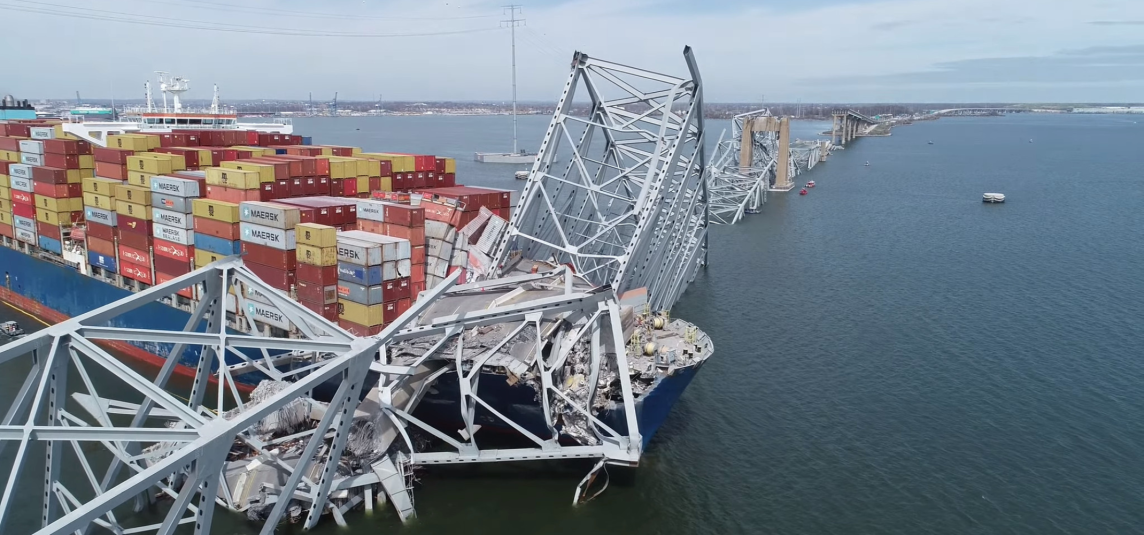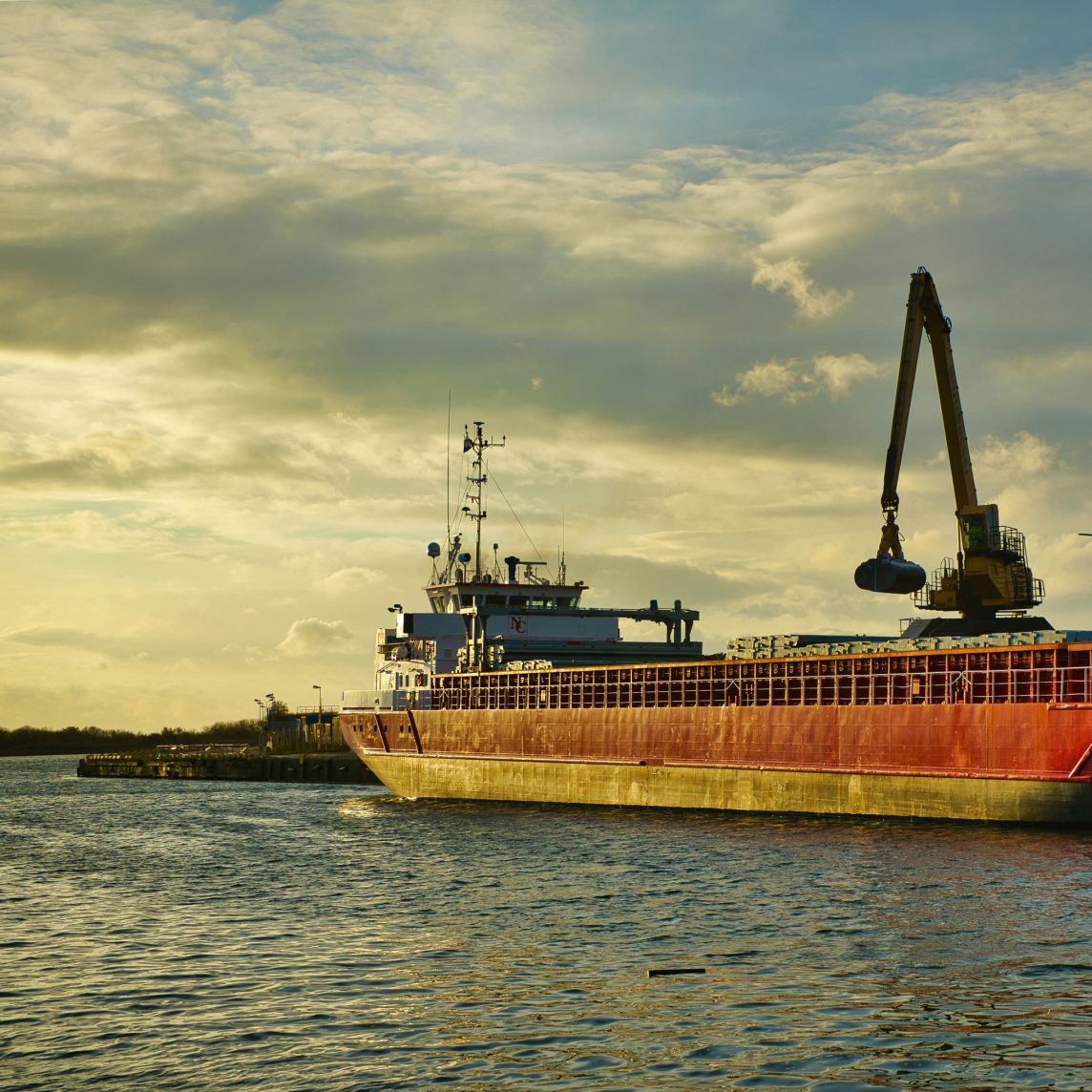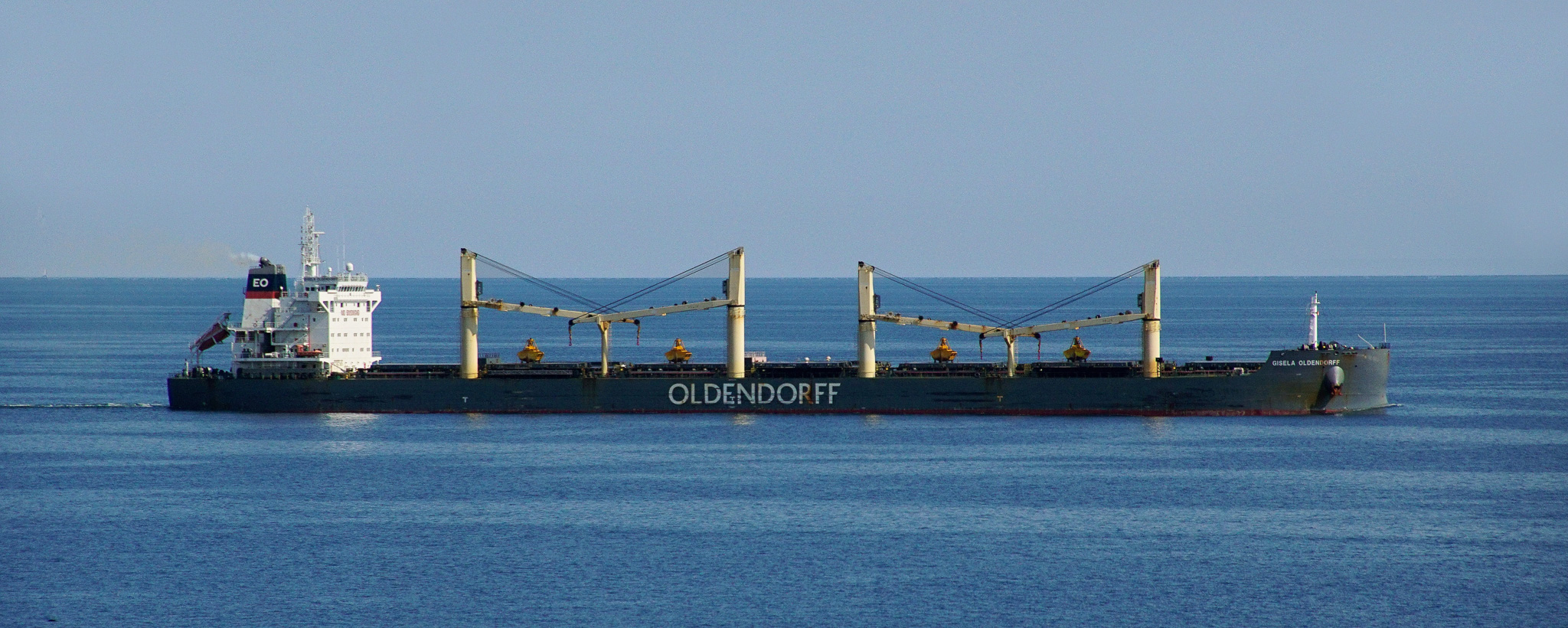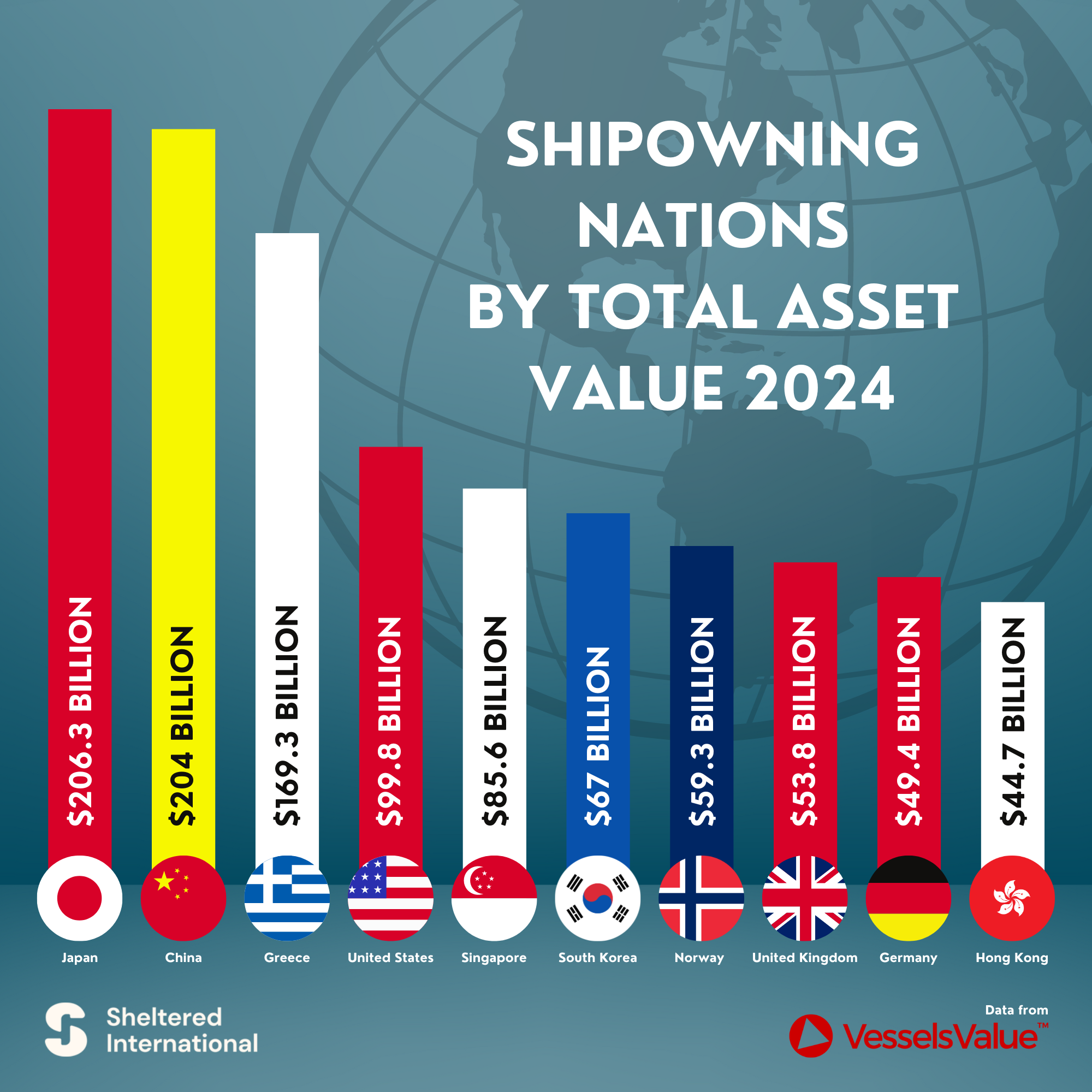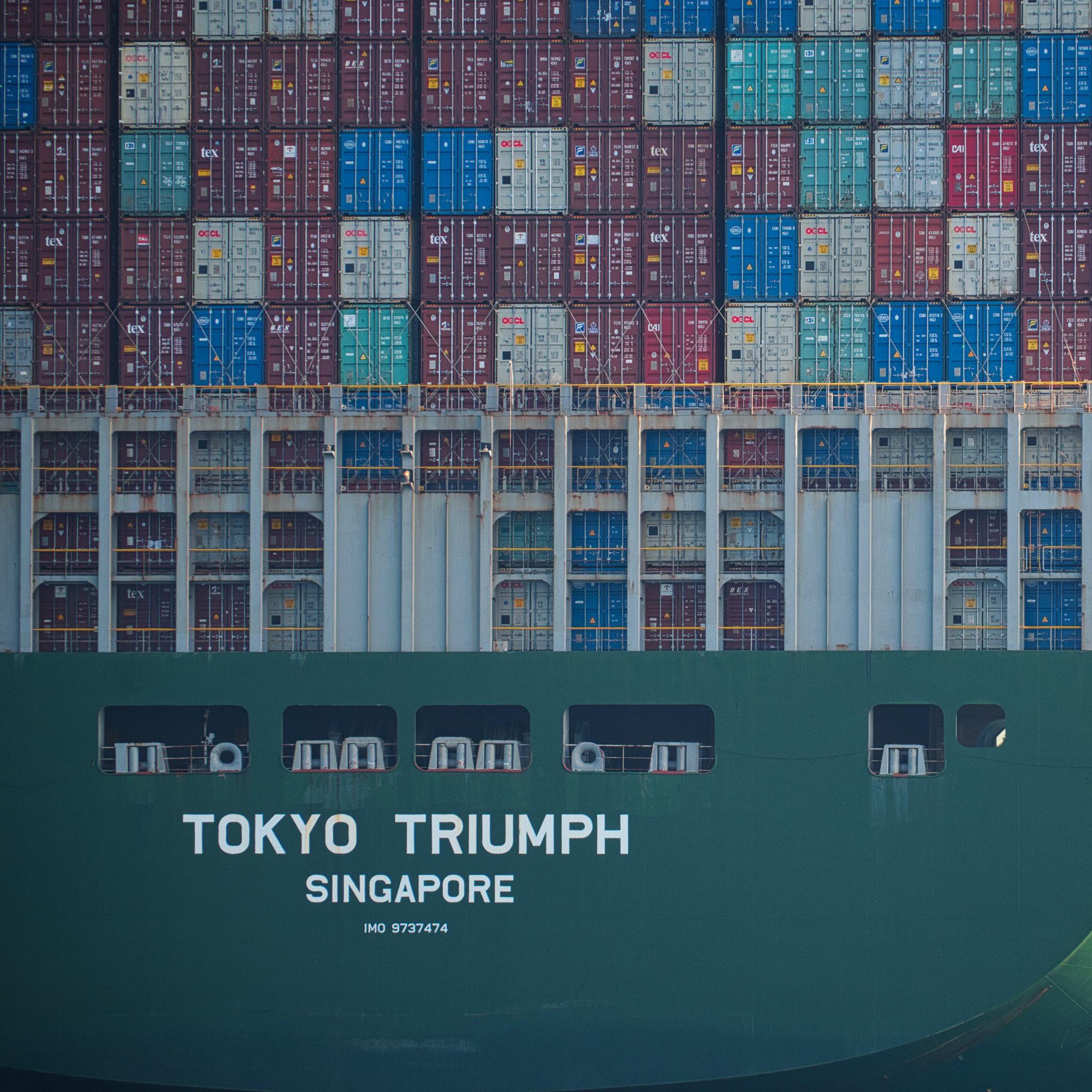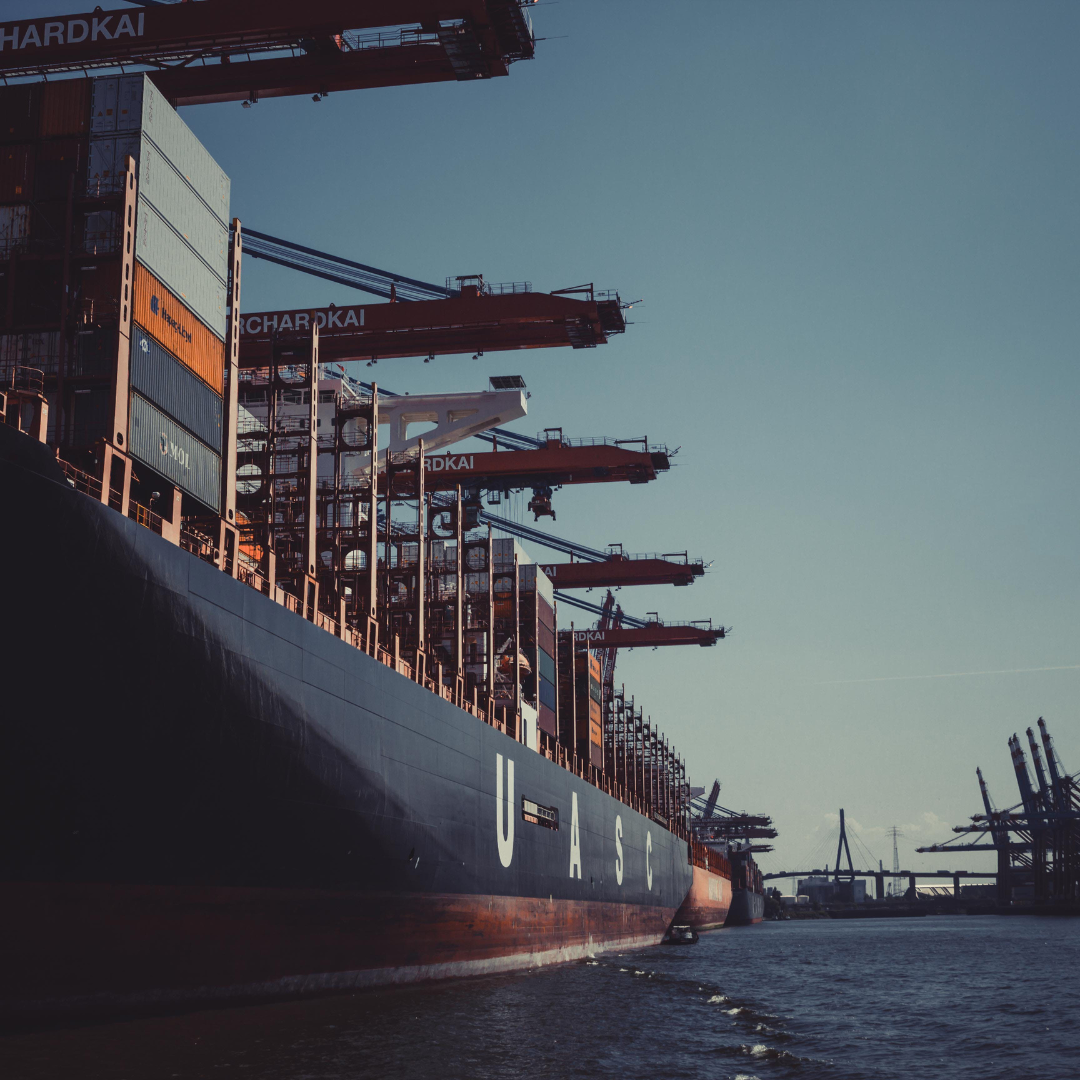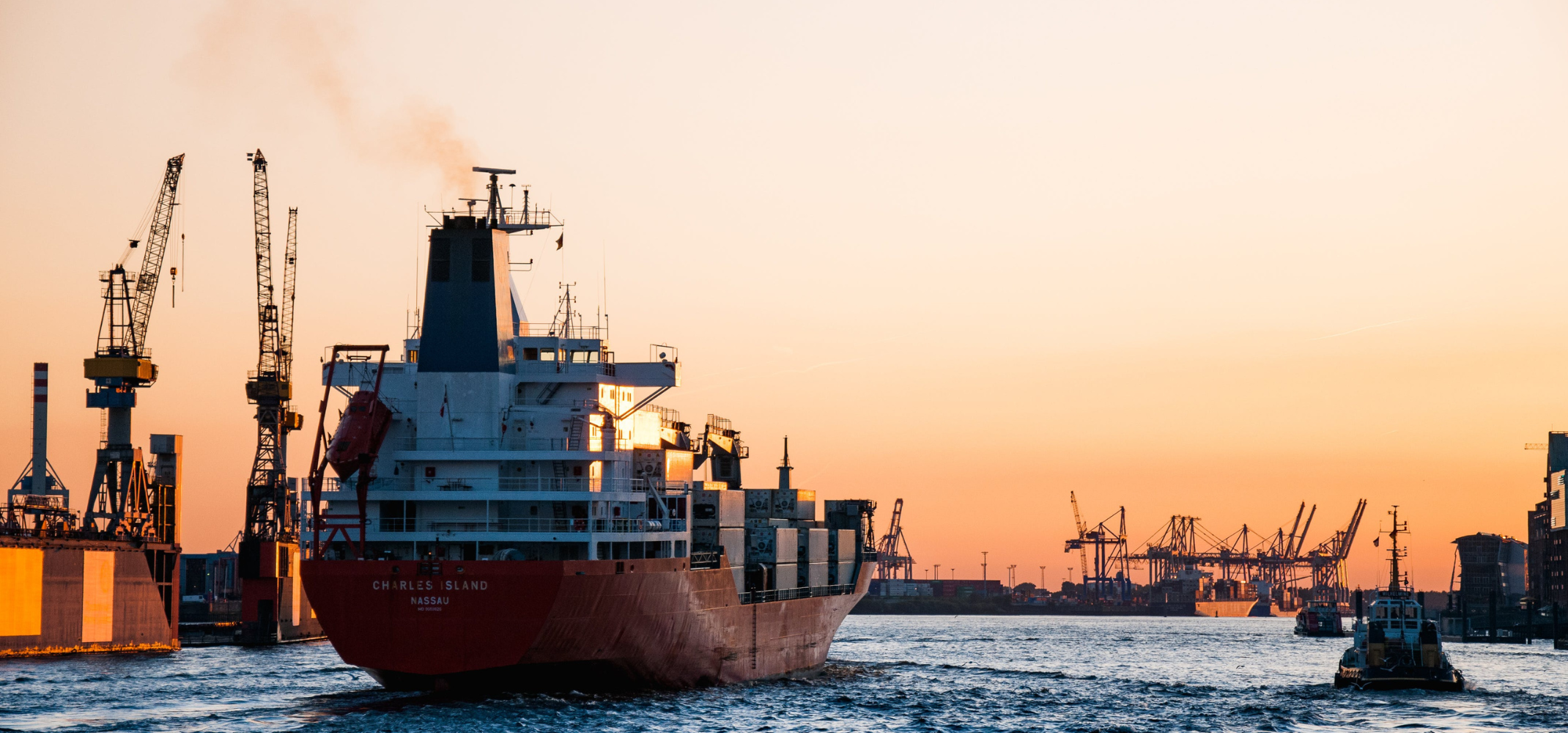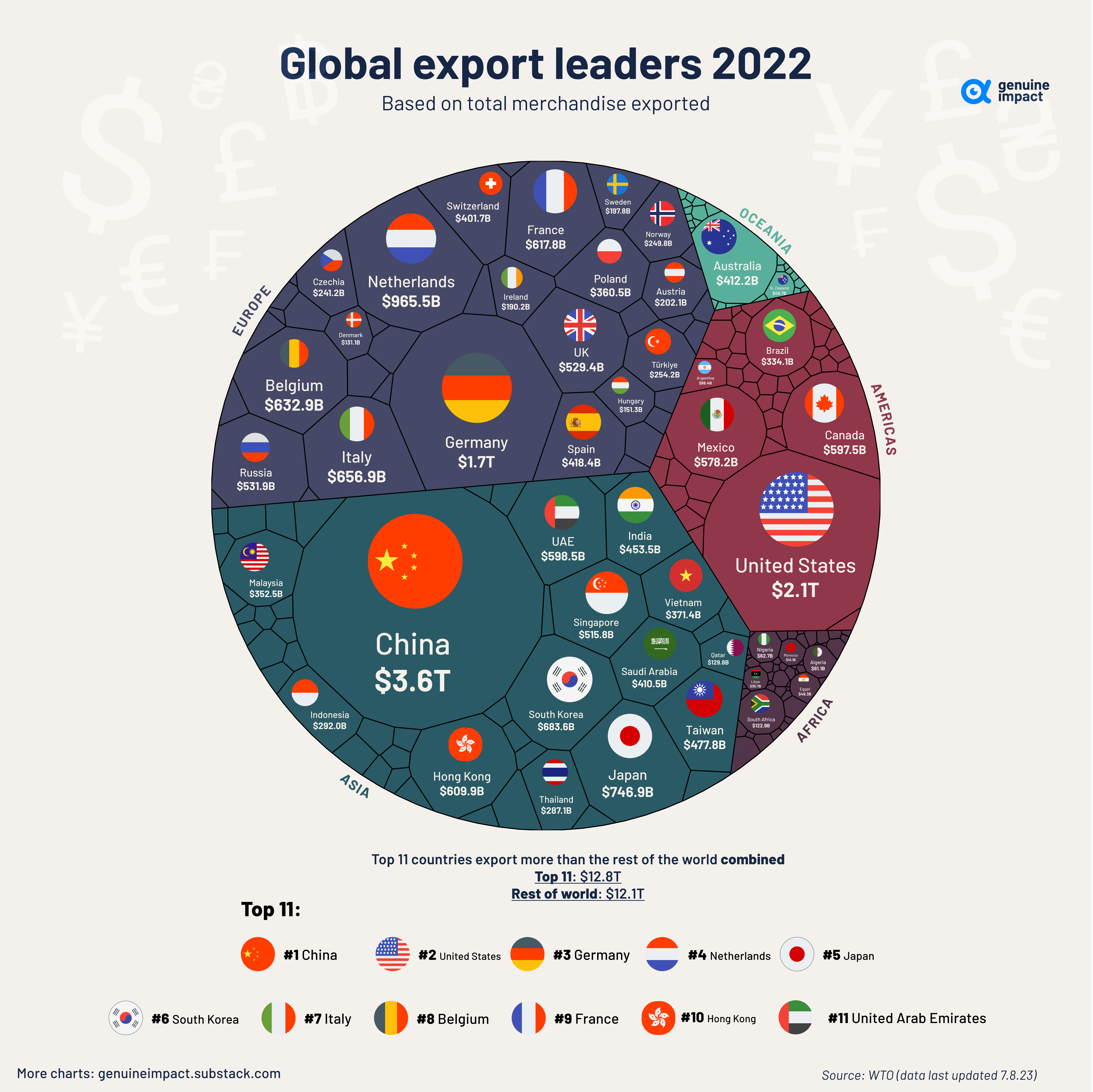How to Calculate Chargeable Weight for Air Freight Shipments

Explaining the Difference Between Actual Weight and Volume Weight
Chargeable weight is a numeric value regularly used by air freight forwarders. Simply put, chargeable weight is either the actual weight or the volume weight of the shipment, whichever is greater.
It is easy enough to determine the actual weight of your shipment. Take the weight of your product and multiply it by the total number and there you go! Figuring out the volume weight of your shipment requires a slightly more complicated formula.
What Is the Volume Weight of my Shipment?
SiShips has made it easy for all of our clients to determine chargeable weight with a Volume Weight Calculator in our Resource Center.
If you need to convert from United States customary units to metric, for international freight forwarding, you can divide the mass value in pounds by 2.205 for the equivalent in kilograms. (Multiply kilograms by 2.205 to do the calculation in reverse.)


Why Do Airplanes Charge by Volume?
We’ll use a riddle you might remember from elementary school to explain why air carriers use this formula to calculate chargeable weight.
What weighs more: a pound of bricks or a pound of feathers?
The answer is they both weigh the same. However, the amount of space a pound of bricks will take up is significantly less than the space needed for a pound of feathers. This is important because space is always at a premium on shipping vessels, especially on an airplane where you can’t stack dozens of shipping containers on top of each other.
Put another way, if you are shipping a pallet full of balloons that weighs 10 KG, the carrier is going to use the dimensions and assign a new weight based on the space you’re taking up on the place. In this example, 1 pallet of balloons would be 40 x 48 x 70 inches totaling 367 KG volume weight. The carrier will charge the greater number, so the chargeable weight for the pallet of balloons is 367 KG.
Example for Determining Chargeable Weight
Still confused? Let’s walk through an example of how carriers determine chargeable weight.
Seaside Taffy is going to ship 10 boxes of delicious treats from their headquarters in Jacksonville, Florida to New York City, New York. The candy shop in New York City wants them delivered tomorrow, so we’ll have to ship the taffy by air. Each box weighs 15 pounds and measures 20 x 20 x 18 inches.
The actual weight of this shipment is 150 pounds (10 boxes multiplied by 15 pounds each).
Using the SiShips Weight Calculator, we know the dimensional weight of this shipment is 197 pounds.
The chargeable weight for the taffy shipment will be 197 pounds, the larger number between the actual weight and the volume weight.
It may seem like air carriers are trying to “rip you off” with this system, but it does serve an important purpose. Chargeable weight is considered the equilibrium point between actual weight and volume weight so freight forwarders can balance out the airplane. While you might pay more than you were expecting to ship lighter goods, you can rest assured this formula makes sure your shipments arrive safely.

SiShips Gives You the Advantage
SiShips combines expertise with state of the art software to bring you high quality domestic and international shipping solutions. We put the shipper in control, offering efficient and cost effective ways to ship your product.
To learn more about managed transportation with SiShips or to view a demo of our software, contact us today.

